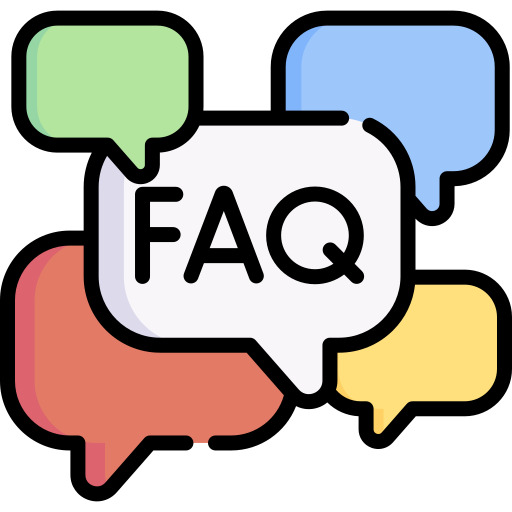A FAQ, or Frequently Asked Questions, is a collection of common questions and their answers related to a specific topic, product, service, or organization. FAQs serve as a quick reference guide to address common inquiries, reducing the need for repetitive customer support interactions and enhancing user experience. They are typically organized in a question-and-answer format and can be found on websites, product manuals, service documents, and other informational resources.
Explore More content:
Origin of FAQ (Frequently Asked Question)
Although the name may be of recent coinage, the FAQ format is ancient. An example would be Matthew Hopkins, who in 1648 wrote a list of Questions and Answers introducing it in the following manner: “Certain Queries answered,” actually The Discovery of Witches. Many old catechisms are in a question-and-answer (Q&A) format. Summa Theologica is a work written by Thomas Aquinas in the second half of the 13th century and is a series of standard questions about Christianity to which he wrote a series of replies.
In the early days of online communities and bulletin board systems (BBS) in the late 1980s and early 1990s, FAQ list were also used. As online communities grew, users often asked the same questions repeatedly. To address this, community leaders and administrators began compiling lists of these frequently asked questions along with their answers.
Purpose of a FAQ
- Efficiency in Customer Support: FAQs provide immediate answers to common questions, reducing the volume of customer service inquiries. This allows support teams to focus on more complex issues that require personalized assistance.
- Improving User Experience: By addressing common concerns and questions upfront, FAQs enhance the user experience. Users can quickly find the information they need without having to navigate through extensive documentation or wait for support responses.
- Knowledge Sharing: FAQs serve as a knowledge base, helping users understand products, services, or policies better. This transparency builds trust and confidence in the organization.
Components of an Effective FAQs (Frequently Asked Questions)

- Relevant Questions: The questions included in a FAQ are genuinely frequently asked by users. They cover various aspects of the topic, product, or service to provide comprehensive support.
- Clear and Concise Answers: Answers are straightforward, accurate, and to the point. Avoiding jargon and complex language ensures that the information is accessible to a broad audience.
- Organized Structure: FAQs are well-organized, often categorized by topics or themes. This makes it easier for users to find specific information quickly.
Types of FAQs
- Product FAQs: Focus on questions related to the usage, features, and troubleshooting of a specific product. Common in consumer electronics, software, and appliances.
- Service FAQs: Address questions about a service provided by a company, such as delivery times, service coverage areas, and customer support procedures.
- Corporate FAQs: Provide information about the company, its mission, values, history, and policies. Useful for prospective clients, investors, and media.
- Policy FAQs: Explain organizational policies, such as privacy policies, return and refund policies, and terms of service. Critical for legal and compliance clarity.
Best Practices for Creating a FAQ
- Identify Common Questions: Gather data from customer service interactions, user feedback, and online forums to identify the most frequently asked questions.
- Engage with Users: Encourage users to submit questions and provide feedback on existing FAQ content. This helps in identifying gaps and areas for improvement.
- Multimedia Integration: Incorporate images, videos, and diagrams where necessary to enhance explanations and provide visual aids.
- Link to Detailed Resources: Provide links to more detailed articles, tutorials, or external resources for users who need in-depth information beyond the scope of the FAQ.
Conclusion: Frequently Asked Questions (FAQ)
FAQs are a vital tool for enhancing customer support, improving user experience, and sharing knowledge. By providing clear, concise, and relevant information, FAQs can significantly reduce the burden on customer support teams and empower users to find answers independently. Regular updates and user engagement are key to maintaining an effective FAQ section that continues to meet the evolving needs of its audience.
